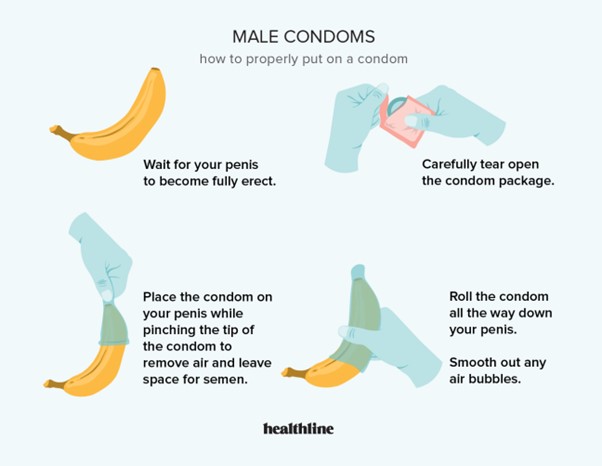A nurse is caring for a client who reports spontaneous rupture of membranes. The nurse observes fetal bradycardia on the FHR tracing and notices that the umbilical cord is protruding.
After calling for assistance and notifying the provider, which of the following actions should the nurse take next?
Cover the umbilical cord with a sterile saline saturated towel.
Perform a vaginal examination by applying upward pressure on the presenting part.
Administer oxygen via non-rebreather mask at 8 L/min.
Initiate an infusion of IV fluids for the client.
The Correct Answer is B
If a prolapsed cord is identified, the nurse should perform a vaginal examination and ensure the presenting part is pushed upwards to relieve pressure on the cord.
Choice A) is not correct because while it is important to cover the cord with a sterile saline saturated towel if it has prolapsed externally 1, it is not the next action after calling for assistance and notifying the provider.
Choice C) is not correct because administering oxygen via non-rebreather mask at 8 L/min is not mentioned as an immediate intervention for a prolapsed cord .
Choice D) is not correct because initiating an infusion of IV fluids for the client is not mentioned as an immediate intervention for a prolapsed cord .
Nursing Test Bank
Naxlex Comprehensive Predictor Exams
Related Questions
Correct Answer is A
Explanation
A nuchal cord occurs when the umbilical cord wraps around the fetal neck completely or for 360 degrees.
In some cases, a tight nuchal cord can cause conjunctival hemorrhage and petechiae.
Choice B) is not correct because erythema toxicum is a common rash seen in newborns and is not related to a nuchal cord.
Choice C) is not correct because periauricular papillomas are benign skin growths near the ear and are not related to a nuchal cord.
Choice D) is not correct because telangiectatic nevi, also known as stork bites or salmon patches, are common birthmarks seen in newborns and are not related to a nuchal cord.
Correct Answer is D
Explanation
Choice A reason
"I can use natural-skin condoms to prevent sexually transmitted infections." This statement is incorrect. Natural-skin or lambskin condoms are not recommended for preventing sexually transmitted infections (STIs). They may provide some protection against pregnancy but do not effectively protect against STIs. Clients should use latex or polyurethane condoms to reduce the risk of STIs.
Choice B reason
"I can use petroleum jelly as a lubricant with the condom." This statement is also incorrect. Petroleum jelly (Vaseline) and other oil-based lubricants can damage latex condoms, leading to a higher risk of breakage or failure. Clients should use water-based or silicone-based lubricants with latex or polyurethane condoms.
Choice C reason:
"I can re-use the condom one time after initial use." This statement is incorrect. Condoms are designed for single-use only. Reusing a condom increases the risk of breakage, failure, and the transmission of STIs or unwanted pregnancy. Clients should always use a new condom for each sexual act.
Choice D reason:
"I can store the condoms in the drawer of my nightstand." This statement is correct because it indicates that the client understands the proper storage of condoms. Storing condoms in a cool, dry place, such as a drawer or a condom case, helps protect them from damage or deterioration, ensuring they remain effective when needed.

Whether you are a student looking to ace your exams or a practicing nurse seeking to enhance your expertise , our nursing education contents will empower you with the confidence and competence to make a difference in the lives of patients and become a respected leader in the healthcare field.
Visit Naxlex, invest in your future and unlock endless possibilities with our unparalleled nursing education contents today
Report Wrong Answer on the Current Question
Do you disagree with the answer? If yes, what is your expected answer? Explain.
Kindly be descriptive with the issue you are facing.
